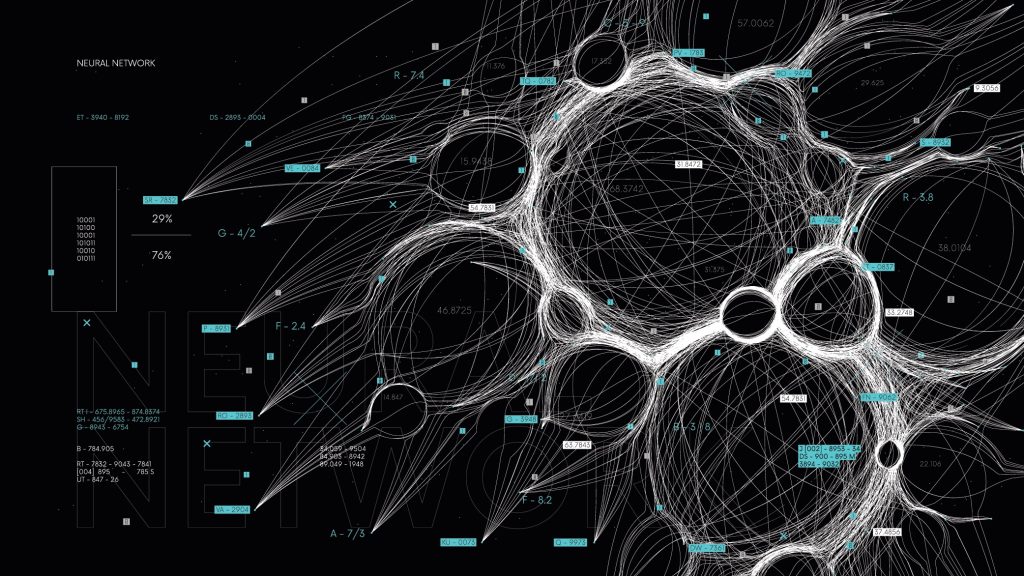A subset of artificial intelligence (AI), neural networks have advanced significantly in recent years, spurring innovation in a number of industries, including autonomous systems, healthcare, and finance. The accuracy, effectiveness, and applicability of machine learning models have all improved as a result of these advancements. The impact and potential of some of the major developments in neural networks are examined in this article.

Deep Learning and Convolutional Neural Networks (CNNs)
A subfield of machine learning called “deep learning” uses multi-layered neural networks—thus the term “deep”—to simulate intricate patterns in data. In this field, Convolutional Neural Networks (CNNs) are especially notable. By enabling advances in image and video recognition, medical image analysis, and even autonomous driving, CNNs have completely transformed computer vision.
Key advancements in CNNs include:
- Architectural Innovations: Performance on a variety of tasks has been greatly enhanced by the introduction of architectures such as ResNet, which uses skip connections to enable deeper networks, and EfficientNet, which optimizes network scaling.
- Transfer Learning: This method improves accuracy and efficiency by using smaller datasets to fine-tune models that have already been trained on larger datasets for particular tasks.
Recurrent Neural Networks (RNNs) and Long Short-Term Memory (LSTM)
Because recurrent neural networks (RNNs) can process sequential data, they are perfect for tasks like time series prediction and natural language processing (NLP). An RNN type called Long Short-Term Memory (LSTM) networks solves the vanishing gradient issue, making it possible to model long-range dependencies in data.
Recent developments in RNNs and LSTMs include:
- Bidirectional RNNs: These networks enhance context comprehension in NLP tasks by processing data both forward and backward.
- Attention Mechanisms: Attention mechanisms have improved RNN performance in tasks like text summarization and machine translation by enabling models to concentrate on pertinent segments of the input sequence.
Transformer Models
The field of neural networks, particularly in NLP, has been completely transformed by transformer models. Transformers process data in a different order than RNNs, which allows for more effective parallel processing and better capture of long-range dependencies.
Notable transformer models include:
- BERT (Bidirectional Encoder Representations from Transformers): This model has set new benchmarks in NLP tasks by pre-training on vast amounts of text and fine-tuning for specific applications.
- GPT (Generative Pre-trained Transformer): Developed by OpenAI, GPT models, particularly GPT-3, have demonstrated remarkable capabilities in generating human-like text, performing various language tasks, and even programming.

Generative Adversarial Networks (GANs)
Two neural networks, a discriminator and a generator, compete with one another to create realistic-looking synthetic data in Generative Adversarial Networks (GANs). GANs have demonstrated remarkable promise in producing high-quality videos, pictures, and even music.
Recent advancements in GANs include:
- StyleGAN: Created by NVIDIA, StyleGAN offers high-level control over generated images, making it possible to produce artistic content and photorealistic faces.
- Applications in Healthcare: To help with disease detection and diagnosis, GANs are being used to create synthetic medical images for training and dataset augmentation.
Reinforcement Learning and Neural Networks
Through trial and error, agents can learn optimal behaviors through reinforcement learning (RL), which makes use of neural networks. This method has shown impressive results in autonomous systems, robotics, and gaming.
Key developments in RL include:
- Deep Q-Networks (DQN): By fusing deep neural networks and Q-learning, DQNs have shown superhuman performance in a number of Atari games.
- AlphaGo and AlphaZero: DeepMind’s AlphaGo and AlphaZero models have demonstrated the potential of neural networks in strategic decision-making by mastering challenging games like Go and Chess.
Federated Learning
Federated learning is an important development in machine learning that protects privacy. It improves security and privacy by enabling models to be trained on several devices without exchanging raw data.
Key aspects of federated learning include:
- Collaborative Training: Several devices work together to train models, allowing for reliable and broadly applicable models without jeopardizing the privacy of personal information.
- Applications in Healthcare: To ensure data confidentiality, federated learning is being investigated for training medical AI models on private patient data from various institutions.
Neuromorphic Computing
In order to develop more effective neural networks, neuromorphic computing attempts to replicate the structure and operations of the human brain. By drastically lowering power consumption and speeding up processing, this method has the potential to completely transform AI.
Key developments in neuromorphic computing include:
- Spiking Neural Networks (SNNs): These networks closely resemble biological neural networks in that they simulate neurons that communicate via spikes.
- Hardware Innovations: To prepare the way for next-generation AI systems, companies such as IBM and Intel are creating neuromorphic chips, which process information more like the human brain.

Conclusion
Neural network developments have elevated AI to new levels and made breakthroughs possible across a range of fields. The potential uses and advantages of neural networks will only grow as scientists develop and improve these technologies, influencing AI’s future and revolutionizing industries all over the world. To fully utilize neural networks, it will be essential to embrace these advancements while addressing privacy and ethical issues.